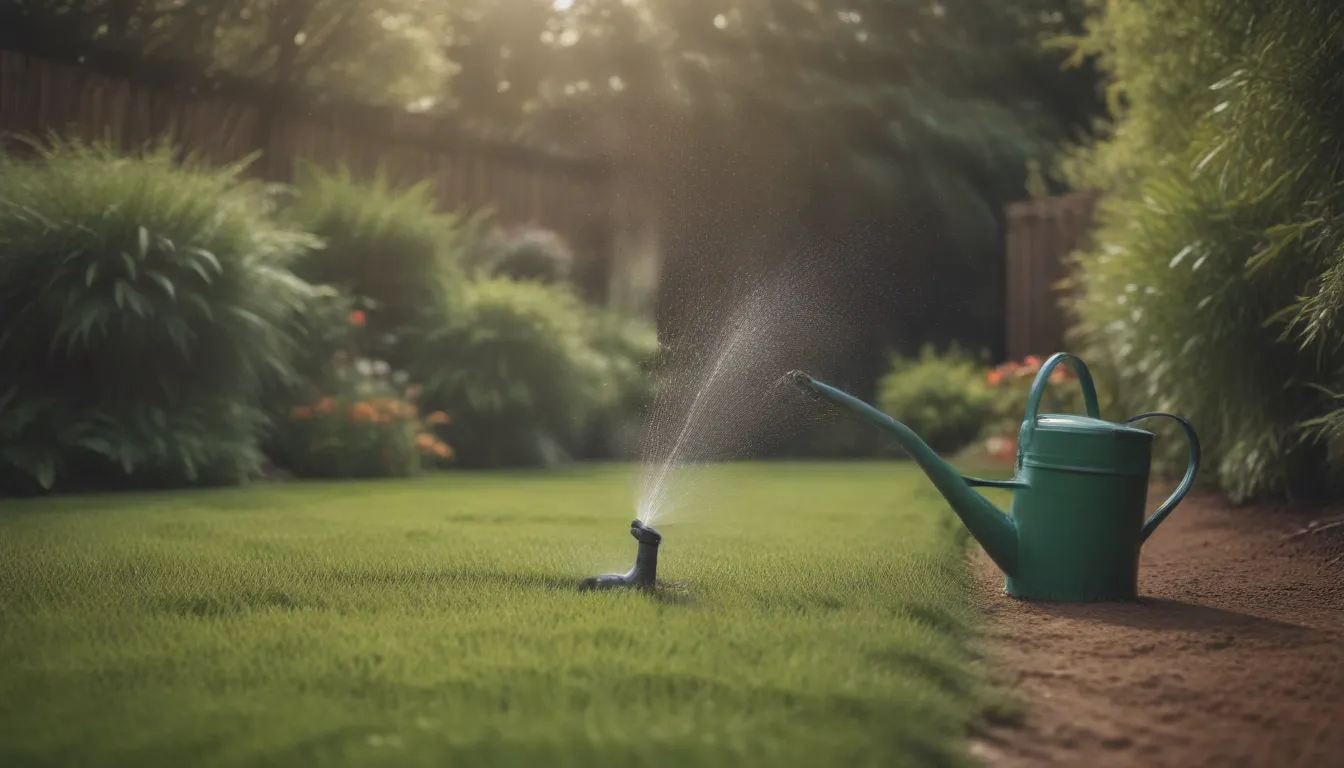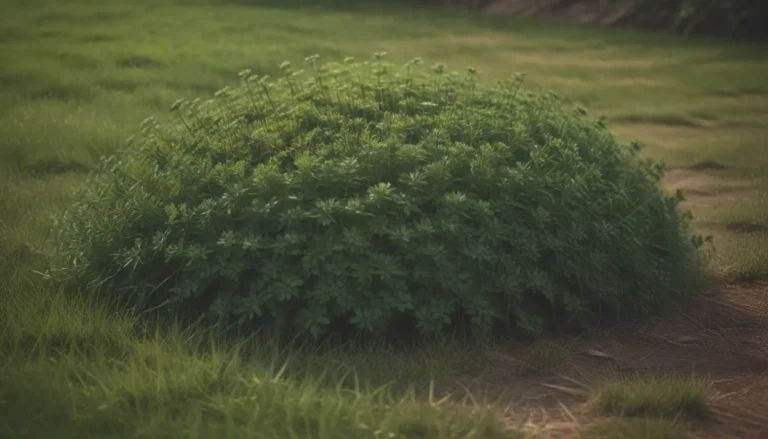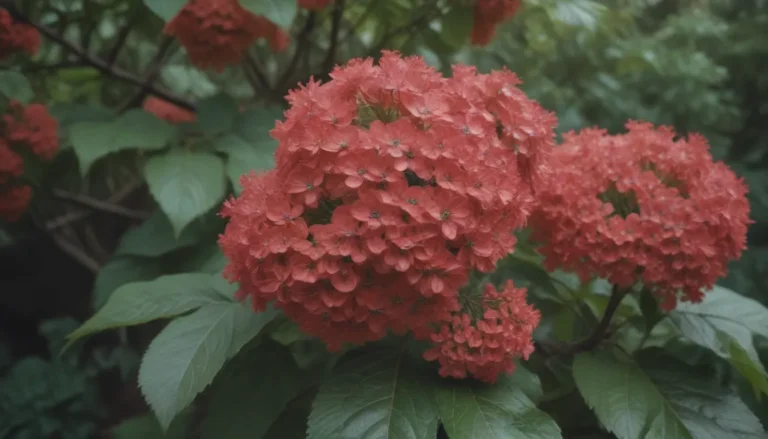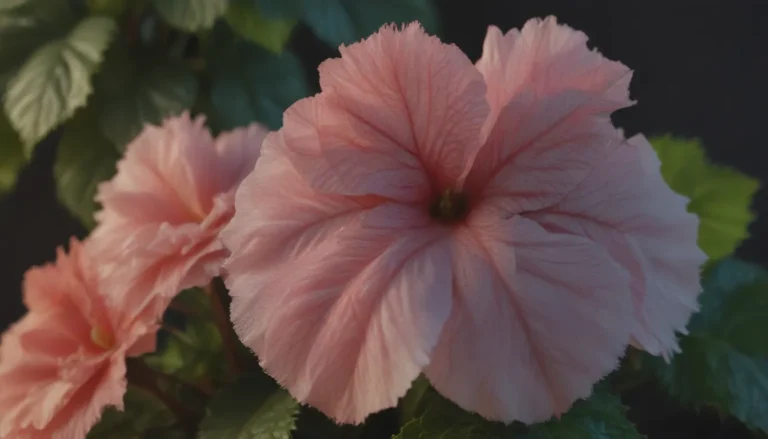The Ultimate Guide to Watering Your Lawn for a Healthy, Vibrant Yard

If you’re like many homeowners, you take pride in having the greenest, lushest lawn on the block. But when it comes to watering your grass, things can quickly become overwhelming. Don’t worry – we’re here to help simplify the process and make sure your lawn stays healthy and thriving.
The Best Time to Water Grass
One of the most important aspects of lawn care is knowing when to water your grass. Experts recommend watering your lawn first thing in the morning, ideally between 7 a.m. and 10 a.m. This timing allows the water to percolate down to the roots before the sun gets too hot, reducing evaporation and maximizing absorption. Morning watering gives grass blades time to dry out during the day, preventing diseases that thrive in wet conditions.
How Much Water Does Your Lawn Need?
Understanding the water needs of your lawn is crucial for maintaining its health. On average, most lawns require between 1 and 1 1/2 inches of water per week. However, it’s essential not to overwater, as this can be just as harmful as underwatering. If it doesn’t rain, you’ll need to supplement the natural rainfall to meet your lawn’s watering needs.
How Long Should You Water Your Lawn?
To ensure your lawn gets the right amount of water each week, your sprinkler system should run for about an hour to deliver 1 inch of water. You can perform a simple test using a tuna can placed near the sprinkler to gauge how long it takes to fill up. If it fills in an hour, you’re watering your lawn for the correct duration. Remember, it’s not about the time water sits on the surface of the lawn, but how deeply it reaches the roots.
How Often Should You Water Your Lawn?
Finding the right watering schedule is key to encouraging healthy root growth. You can choose to water for 30 minutes twice a week or for an hour once a week. Less frequent watering encourages deeper root growth, making your grass more resilient to heat stress and pest damage. Consider installing an automatic irrigation system to take the guesswork out of watering your lawn.
Determining If Your Lawn Needs Water
Keeping an eye on your lawn’s condition can help you determine when it’s time to water. Here are a few signs that your grass may need watering:
- Wilting or curling grass blades
- Footprints that remain visible after walking on the lawn
- A change in color from green to blue-gray
Watering Cool-Season Vs. Warm-Season Grasses
Different types of grass have varying water requirements. Cool-season grasses like Kentucky bluegrass typically need more water than warm-season grasses such as zoysia grass. Understanding the specific needs of your grass type will help you optimize your watering schedule. Remember, if your cool-season grass turns brown in the summer, it’s likely dormant and will revive in the fall.
In conclusion, watering your lawn doesn’t have to be complicated. By following these tips and staying attentive to your lawn’s needs, you can maintain a healthy, vibrant yard that will be the envy of your neighborhood. Happy watering!
Remember, a well-maintained lawn requires effort, so don’t neglect your backyard paradise. With a little care and attention, your grass will be greener than ever!





